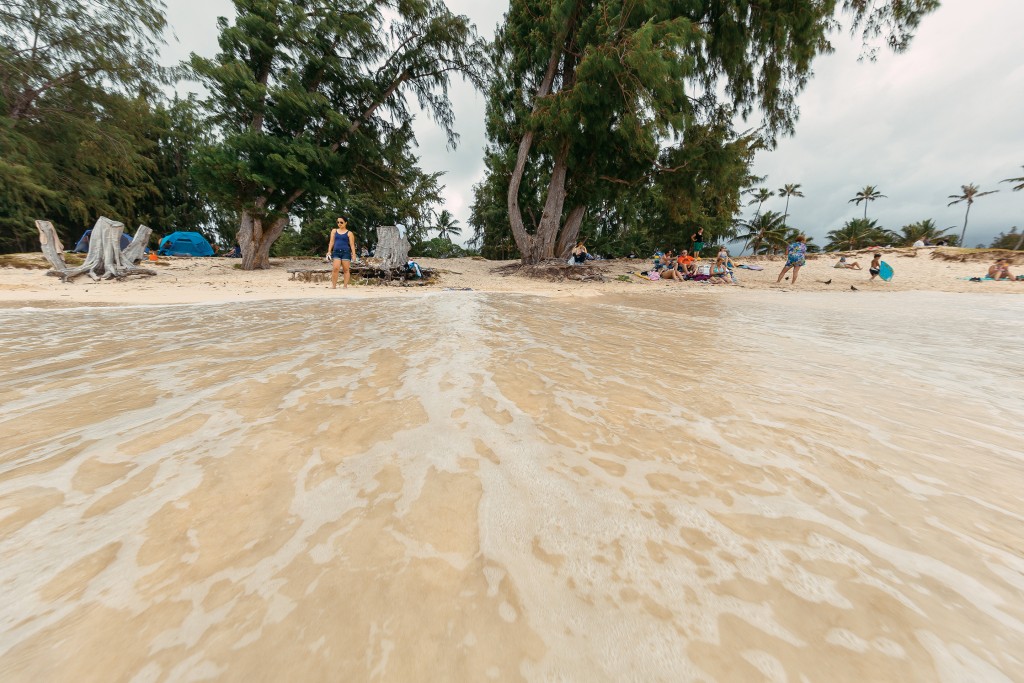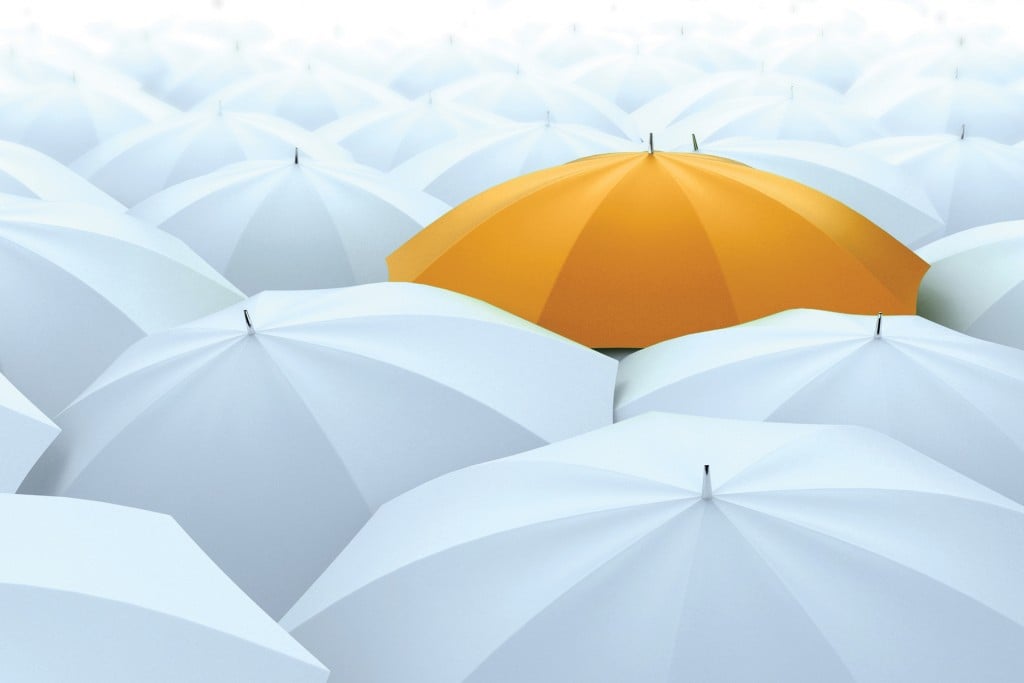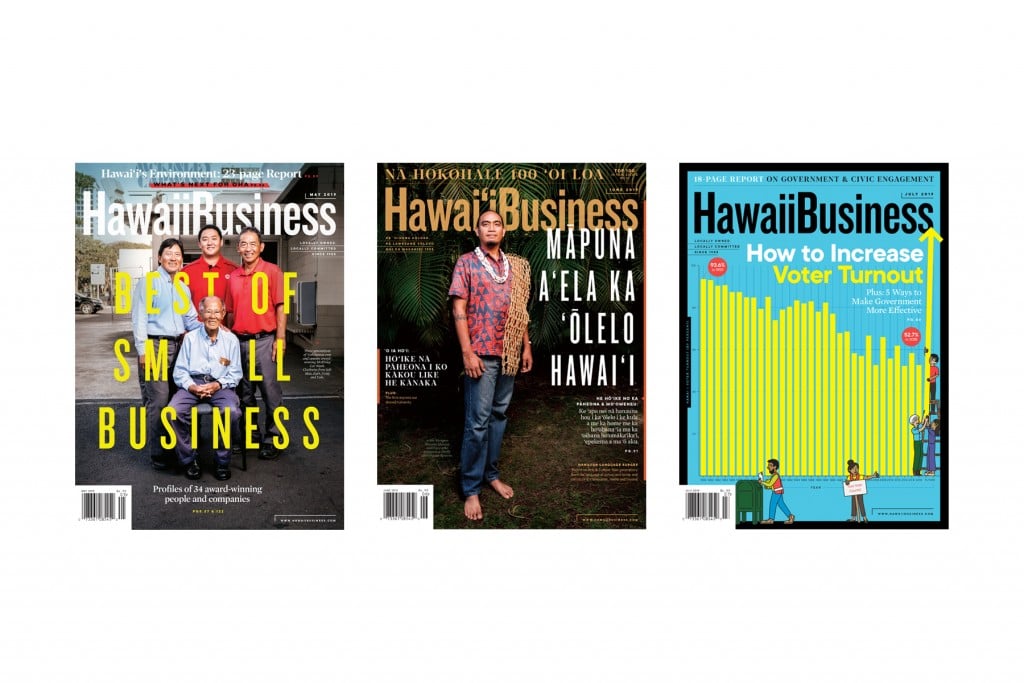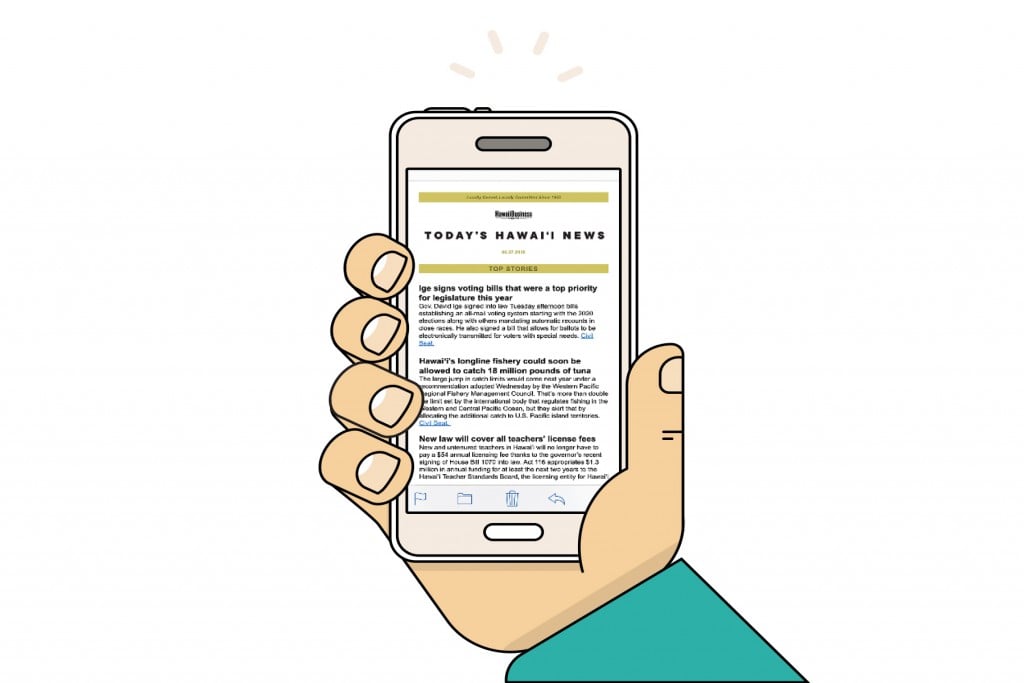Climate Change Story is Our Most Important of the Year

If you are going to die in, say, the next 30 years and have no children or grandchildren and don’t care about the future of Hawaii, you can probably ignore our story on “The Cost of Climate Change.” For everyone else, the story by contributing writer LiAnne Yu is the most important article we will publish this year.
I urge you to read it, discuss the problems with your friends and family, and think about the difficult choices that the issue creates. These issues cannot simply be left for politicians to resolve on their own.
We simply don’t have time anymore to argue with those who deny climate change in spite of all the evidence, or deny it is man-made. Yes, it is absolutely essential that we create a government in Washington, D.C., that understands the reality of climate change and acknowledges the urgency of mitigating its worst effects. But in Hawaii, we already have a strong consensus that climate change is real and have set a goal of generating 100 percent of our electricity from clean, renewable energy by 2045. We need to take further steps.
Many people think climate change is something that will happen down the road, maybe in a generation or two. But it’s already here and around the world and getting worse every year.
People in Hawaii are closely tied to the natural world, so many of us have personally experienced climate change, whether it is record king tides or scorching temperatures. 2015 was the hottest year ever in Hawaii, that is until 2016, which was even hotter.
My most tangible relationship with climate change involves the wind. For 32 years, I have lived on a hill in Lanikai that faces the ocean and the northeast trade winds. Wind picks up speed to surmount a hill, so we always get stronger breezes than the homes on flat land below us. For many years, that wind would often howl for weeks on end; our front lānai was often unusable and the northeast-facing sliding doors could not be opened without letting a hurricane into the house.
The change was so gradual I didn’t notice it for years. The wind still came, but less often and less powerfully. I sensed a difference but wasn’t keeping records. In 2012, scientists at the University of Hawaii confirmed my suspicions: Pao-Shin Chu, Chase Norton and Thomas Schroeder analyzed 37 years of wind speed and direction from weather stations on land and buoys.
The analysis showed fewer northeast trade wind days per year from 1973 to 2009, with the biggest decrease in Honolulu. “We used to have 291 days of northeast trades at Honolulu Airport, but now it has dropped to only 210 days,” Chu said in 2012. I suspect that since then, the trades have further diminished.
Who knows, in another generation, young people may wonder why we call them the windward sides of the Islands. What I do know is a house that never needed air conditioning, stretching back long before I bought it, now requires an air conditioner in a bedroom where we often retreat on summer days.
But I can afford that A/C. My worst climate change nightmare is Ala Moana Beach Park, the playground for tens of thousands of children and adults looking to escape a hot and crowded city, flooded under 3 feet of rising seawater. What’s your worst nightmare and what should we do about it?






